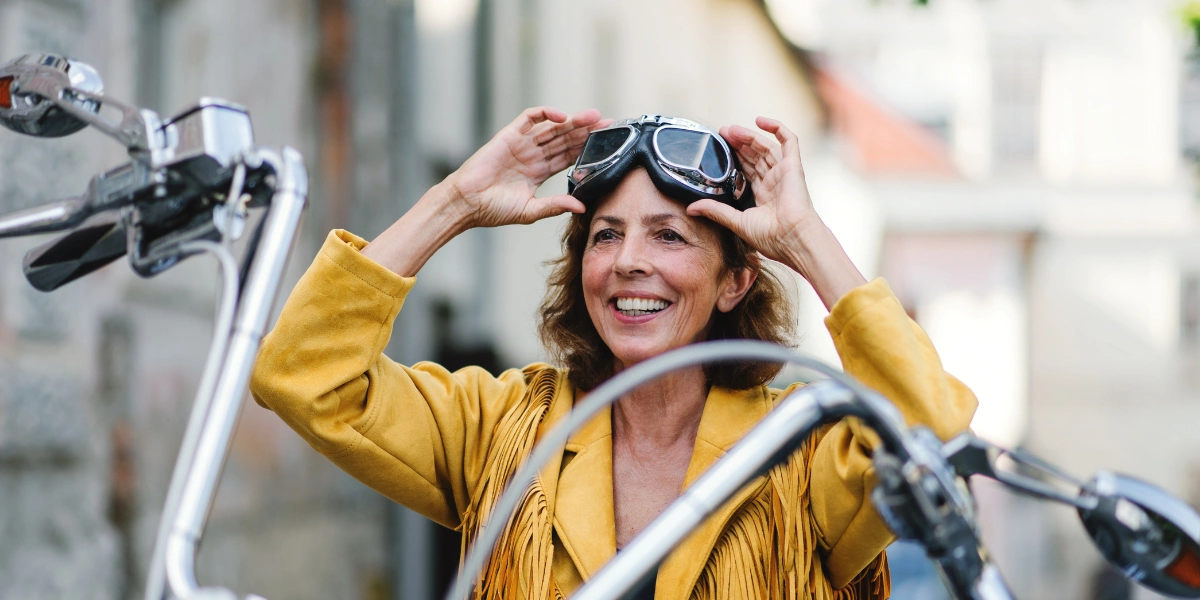Who are the Queenagers?
The Queenagers are midlife women, the term being coined and thoroughly researched by Noon in their Meet the Queenagers piece.
And while most brands seek out Millennials and Gen Zers, they could be in danger of letting these Queenagers slip under their radar.
They wouldn’t be alone: some 41% of those aged 45–60 feel they are not represented by wider society. Yet brands that dismiss them as menopausal mums are missing a trick.
Women aged 40–60 spend £92 bn annually and are 90% more likely than younger people to earn more than £40,000 per annum. Plus, 93% of them make most or all of the purchasing decisions in their households.
Forbes calls them “super consumers”, and they out-spend their younger sisters by a considerable margin.
Also, they’re widely considered to be the most recession-proof age group around. So, what’s stopping you from making them your brand’s next big target demographic?
Age-agnostic marketing
One argument that many Queenagers themselves might put forward is that age is just a number. It doesn’t define you – so nor should it define your marketing.
A survey of consumers in the UK and US found that just 18% felt their interests were dictated by their age. Others rejected the assumption that older ladies’ hobbies include knitting, or that younger lads care about motorbikes.
Of course, targeting an age-related niche can help your campaign get picked up by the media – for example, a product aimed at menopausal women on World Menopause Day.
But it’s something to approach with caution.
Researching under-the-rader groups
Instead, you need to do your research.
What do your actual customers look like? Are there any gaps between your marketing and your customer base? And are there any new audiences who might see value in your product?
Once you’ve honed in on a group, you’ll need to consider how you can adapt your marketing to appeal to them.
It’s no mean feat – but Linney can help. We’re adept at using data-driven insights to design creative marketing campaigns that drive sales for your brand.



